The Harry Potter franchise is one of the most successful in the history of cinema, occupying the third place on the top ten most lucrative series of all times. However, the commercial and critic success was not enough for the movie to win any Oscars, the biggest award in the film industry. To understand the reason, we need to analyze the Academy’s history and evaluate the movies nominated together with Harry Potter over the years.
The minds behind The Oscar
The Oscar is given by an institution, the Academy of Motion Picture Arts and Sciences, that counts with people of the most diverse areas of the film industry, from directors and famous actors to visual effects technicians and makeup artists. These people have different knowledge and tastes, which help to guarantee that the results vare fruit of a homogeneous decision. Actually, the voting counts with the participation of at least six thousand people.
However, it is possible to risk a few hunches based on the common characteristics of the Academy’s members. A great part of it is white American men and, according to a research made by the LA Times newspaper in 2012 – the year that Harry Potter participated in the award for the last time -, 79% are over 50 years old. In other words, J. K. Rowling’s stories did not have as target audience the members of the Academy.
Even though the movies had assumed a less childish tone over the years, they always had children and teenagers as the target audience. The Lord Of The Rings, for example, is one of the rare cases where a fantasy movie made history at the Oscar, for being considered serious enough.
Between acknowledgement and understatements
Even so, the Wizarding World was remembered by the Academy in many years – not as many as it deserved, but enough so, that in each edition of the Award the fans would get frustrated for ending up with empty hands.
Harry Potter never had a chance in the main categories, such as best director, best screenplay and best actor/actress. The moviemakers behind the movies were never famous – although Alfonso Cuarón is considered today one of the biggest directors, at the time he directed The Prisoner of Azkaban, he was not that known; the screenplays have never been the high point of the movies; and the over two hours of each volume was fulfilled by young actors alongside with a few luxe supporting actors that did not have enough screen time or enough spotlight to snatch an indication. The only actor who got close to the award for his part in Harry Potter was Alan Rickman (Severus Snape) in The Deathly Hallows – Part 2.
Out of the eight movies of the franchise, six were remembered by the Oscar, getting altogether 12 nominations, all in the “technical categories”, meaning no nomination for best actor/actress, director or best movie. Art Direction was nominated four times (The Philosopher’s Stone, The Goblet of Fire and The Deathly Hallows – Parts 1 and 2), Visual Effects got three nominations (The Prisoner of Azkaban and The Deathly Hallows – Parts 1 and 2), Soundtrack was nominated twice (The Philosopher’s Stone and The Prisoner of Azkaban), one nomination for Costume Design (The Philosopher’s Stone), one for Best Makeup (The Deathly Hallows – Part 2) and one for Production Design (The Half-Blood Prince).
The franchise deserved more nominations, especially for the Art Direction and its Soundtrack. How do you ignore the wonderful job of the musicians Nicholas Hooper (The Order of the Phoenix and The Half-Blood Prince) and Alexandre Desplat (The Deathly Hallows – Parts 1 and 2) on the final stretch of the franchise? And you must agree that the art direction of Stuart Craig deserved a nomination for all of the movies.
However, the concept of what is fair or unfair in voting is relative. To say that the movies deserved all the awards would be a shallow affirmation. It is much better, therefore, to understand the reason why the franchise left every year without an Oscar.
The Philosopher’s Stone loses to Moulin Rouge and The Lord Of The Rings
At the Oscar, there are always two movies that actually dispute a category while the other ones are nominated only to fulfill the spots. In the 2002 edition, there were practically two movies at the same level of favoritism: Moulin Rouge, an explosion of colors and music in the form of a movie, and The Lord Of The Rings: The Fellowship Of The Ring, one of the most ambitious projects of Hollywood. Despite having more commercial success, The Philosopher’s Stone was at disadvantage, as it competed directly with the vibrant costumes and art direction from the musical and the epic soundtrack of Lord Of The Rings, the favorite in all the technical categories.
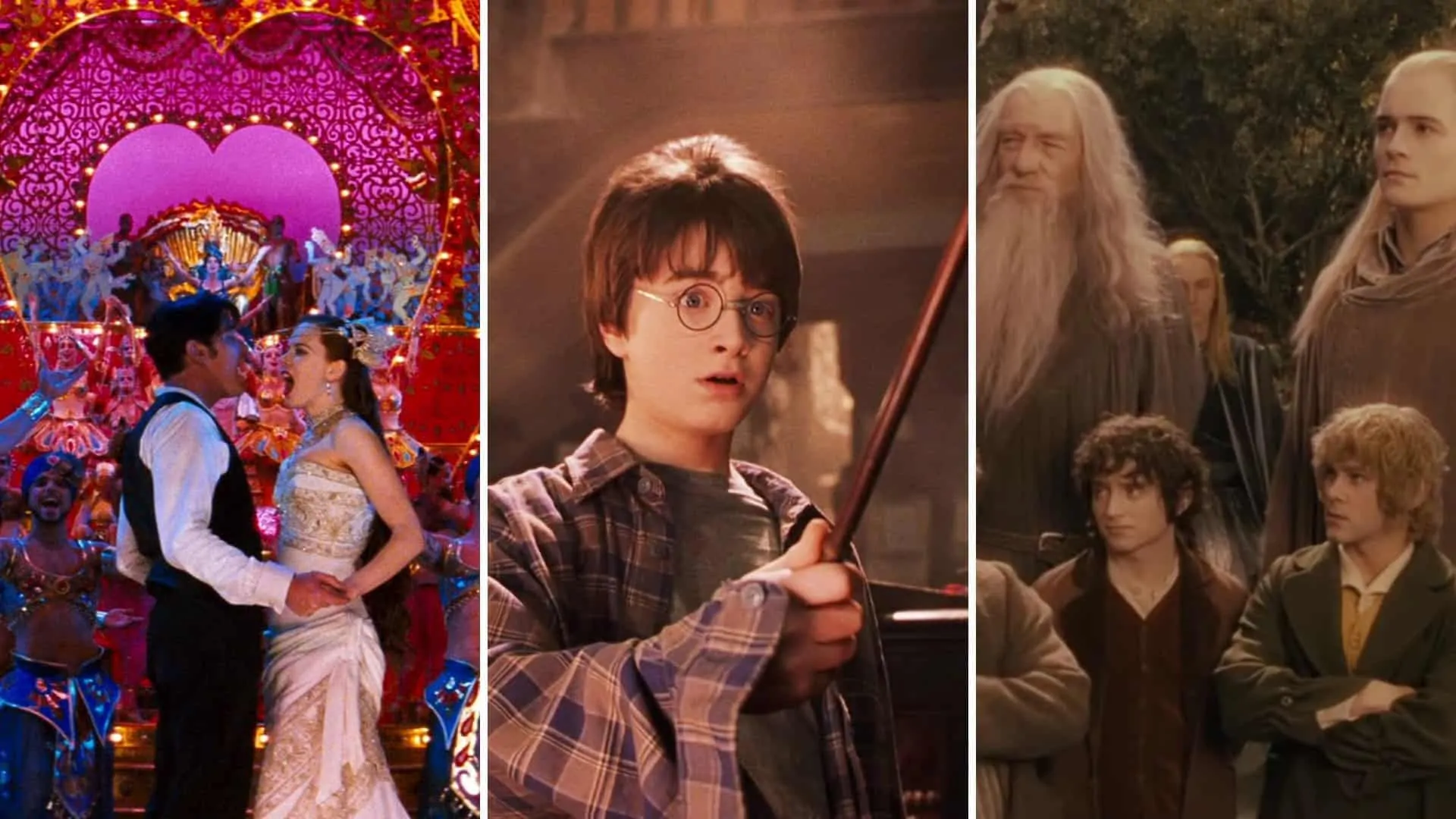
Spider-Man the creation of Peter Pan prevail
The first nomination of Harry Potter in the category of the Best Visual Effects happened with The Prisoner of Azkaban, that impressed everyone with the big participation of the hippogriff Buckbeak and the Dementors’ visual. This was one of the tightest disputes since none of the nominated movies were favorites. Between the nominees were Spider-Man 2 and I, Robot. However, it was the scenes with Spider-Man against the tentacles of Dr. Octopus that pleased most of the voters. You can not say it was a bad choice, but it would also have been fair to recognize the professionals of Harry Potter that gave an impressive jump in the CGI quality since the first movie.
The senior John Williams was nominated again for the soundtrack of The Prisoner of Azkaban, but lost to Finding Neverland, that, despite being a great movie about the creation of one the biggest cultural symbols in the world, had fallen into forgetfulness, unlike the soundtrack of The Prisoner of Azkaban, that is still remembered.
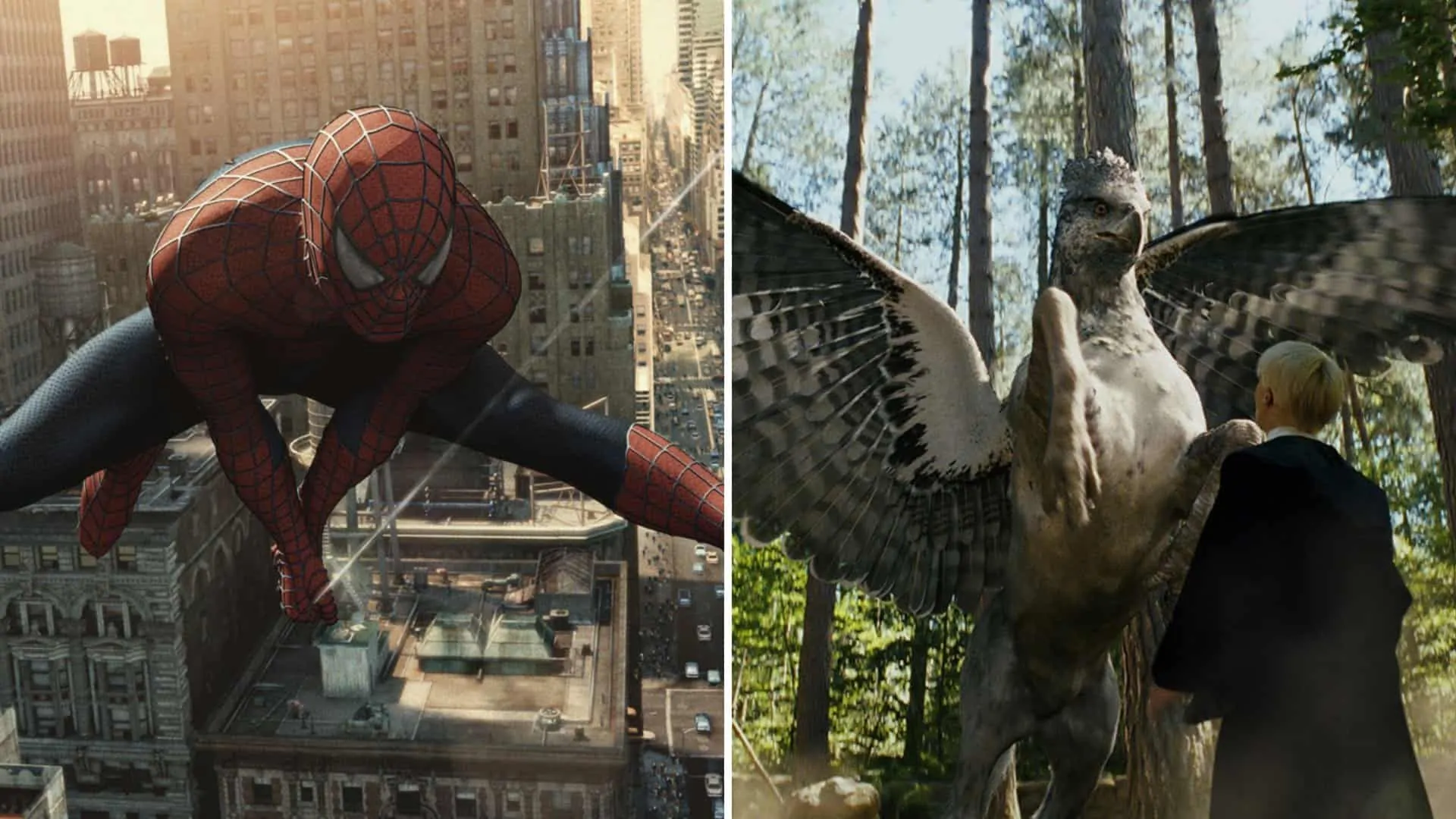
Not even the impressive Yule Ball took the Oscar away from the geishas
The second nomination for the Art Director Stuart Craig was also the only one for The Goblet Of Fire. It was another one of his eye-filling jobs, that presented diverse new scenarios, like the Yule Ball, the prefects’ bathroom and the Little Hangleton cemetery, in addition to striking objects like The Goblet Of Fire, The Triwizard Cup, and the golden dragon egg. The voters of the Academy, however, were more impressed by the ancient Japanese culture of the movie Memoirs of a Geisha, which also won the Oscar for Best Costume and Best Photography proving it was one of the favorites that year. Once again, it was a tight dispute. Even though The Goblet of Fire was a competitor to the height, it is hard to win over a drama with historical airs.
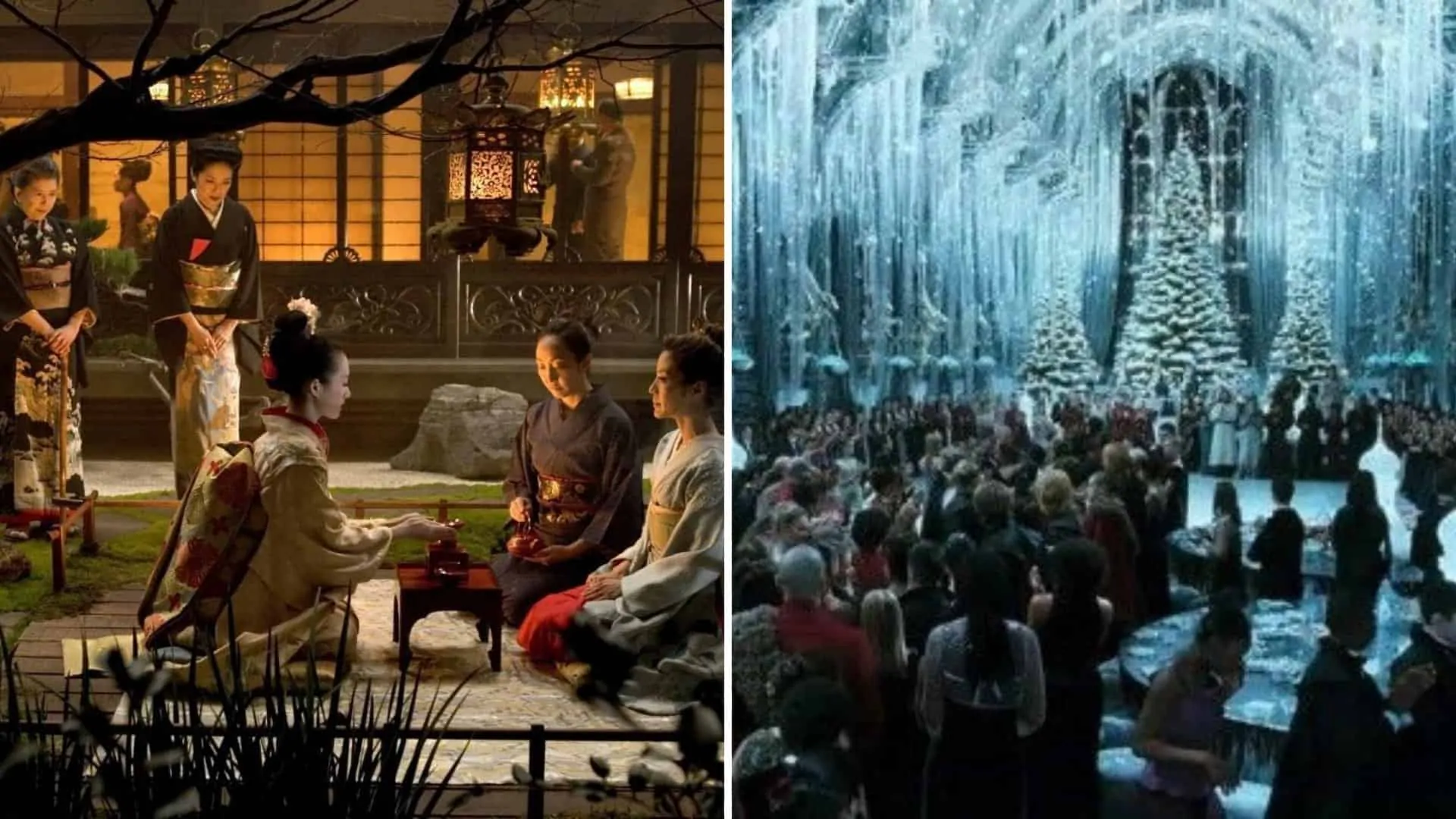
The best battle of Harry was with the blue aliens from Pandora
The Half-Blood Prince was the only Harry Potter that got nominated for the Best Photography award, one of the most disputed categories in the Oscar. No wonder: the movie really has the prettiest photography of all series, created by Bruno Delbonnel, Its palette is dark and melancholic and together with the impressive illumination job is almost a prophecy of the characters’ destiny; no wonder, it was the movie with the most desolating ending of the franchise so far, with the Dumbledore’s death.
However, The Half-Blood Prince competed with Avatar, a movie that revolutionized the film industry with the capture of movement and the 3D. Avatar was filmed mostly through digital photography, which impressed all the viewers, including the Academy’s voters. Still, is possible that this was the best moment for the Harry Potter franchise at the Oscars. It seemed that, for the first time, the Academy put the franchise among the biggest of the year.

The elegance of one and the extravagance of the other beat Harry Potter
The award of Best Visual Effects in 2011 was one of the easiest to lose. Not because of the quality of The Deathly Hallows – Part 1, but because Inception, a science fiction that enters the most realistic possible world of dreams, was one of the favorites of the year. The film by Christopher Nolan benefited a lot by practical effects, besides the graphical computation, which took away the Oscar from Harry Potter.
The loss on the Art Direction category, on the other hand, cannot be content. The award went to the adaptation of Alice in Wonderland, which at the time was overly criticized for the esthetic exaggeration from the director Tim Burton. Colors, elements, and objects mixed in true chaos, making the movie the worst choice between the nominees. 2011 was a year that Harry Potter could have easily won the Oscar, but the Academy disagreed.
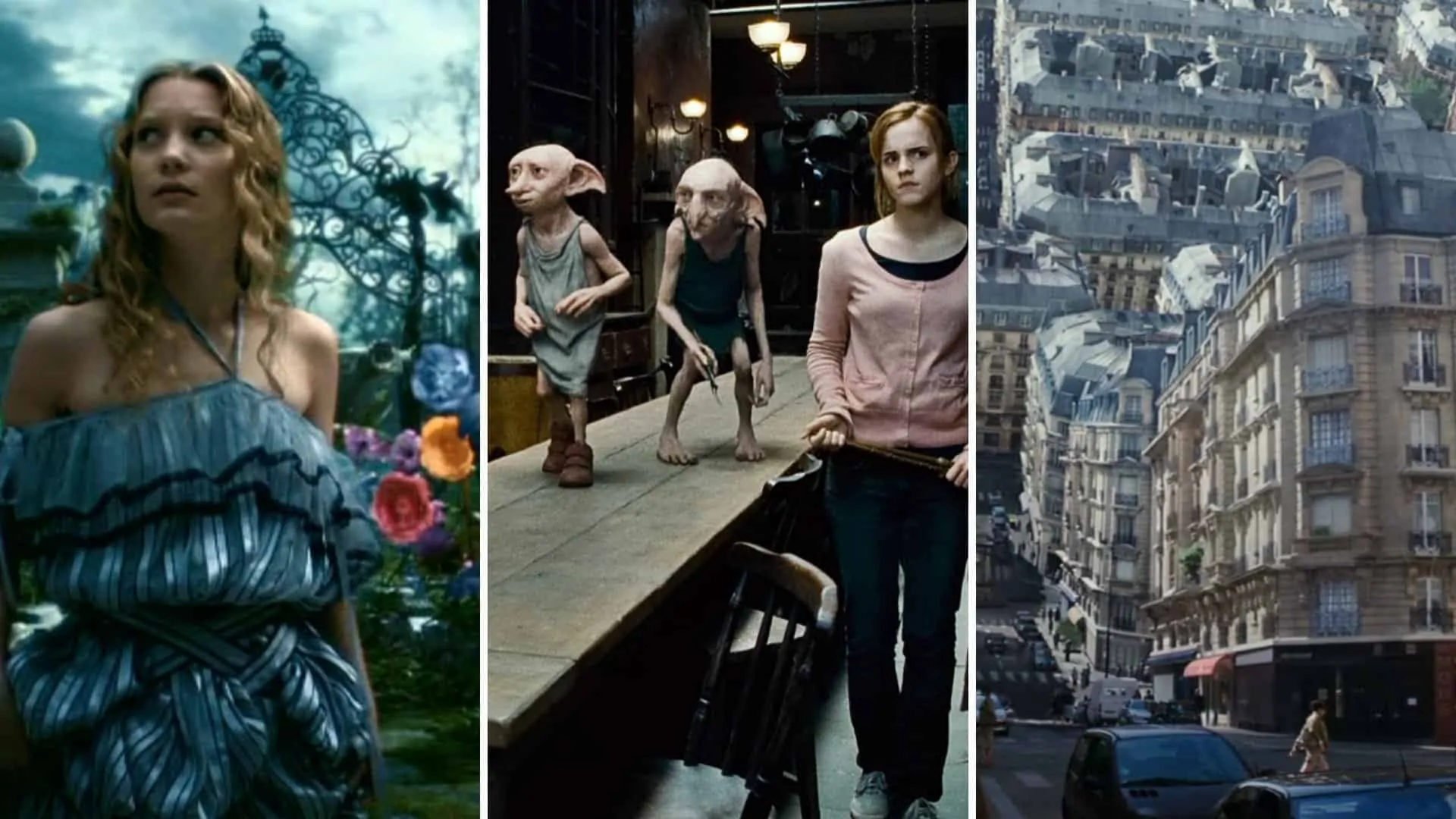
Harry Potter says goodbye without any Oscar to call yours
With the last movie, the expectations that the franchise would have more nominations in the biggest categories were frustrated: The Deathly Hallows – Part 2 was nominated in only three categories. Unfair, because of the emotional soundtrack of Alexandre Desplat and the memorable actuation of Alan Rickman as Severus Snape deserved to occupy its spots. However, the only departments recognized were the Visual Effects, Art Direction and, for the first time, Makeup.
In the categories of Effects and Art Direction, it was nominated with one of the favorites movies that year, The Invention of Hugo Cabret, directed by Martin Scorsese, one of the most celebrated moviemakers of all time, that brought a stunning look, mixed with fantasy, drama and paying a beautiful tribute to cinema. Needless to say anything else. The voters watched, were delighted and voted for Hugo at the maximum of categories they could. Result: two Oscars less for Harry Potter.
The last bitter lost of Harry Potter at the Oscar was the award for Best Makeup, given to The Iron Lady, movie about the ex-prime-minister of the United Kingdom, Margaret Thatcher. Despite a lot of fans and moviegoers using this award to prove that there was a beef between the Academy and The Wizarding World of J.K. Rowling, we need to understand that was not a guaranteed category. Harry Potter would have to face a movie that not only left Meryl Streep just like Thatcher but also aged her in over 30 years. At each scene, the actress looked transformed, using silicone prostheses that were so perfect that won the Oscar.
The Iron Lady did not deserve more or less than Harry Potter, but the voters were much more impressed by popular actors transformed in famous figures than with the characterization of goblins, for example. This movie also awarded Maryl Streep as the best actress.
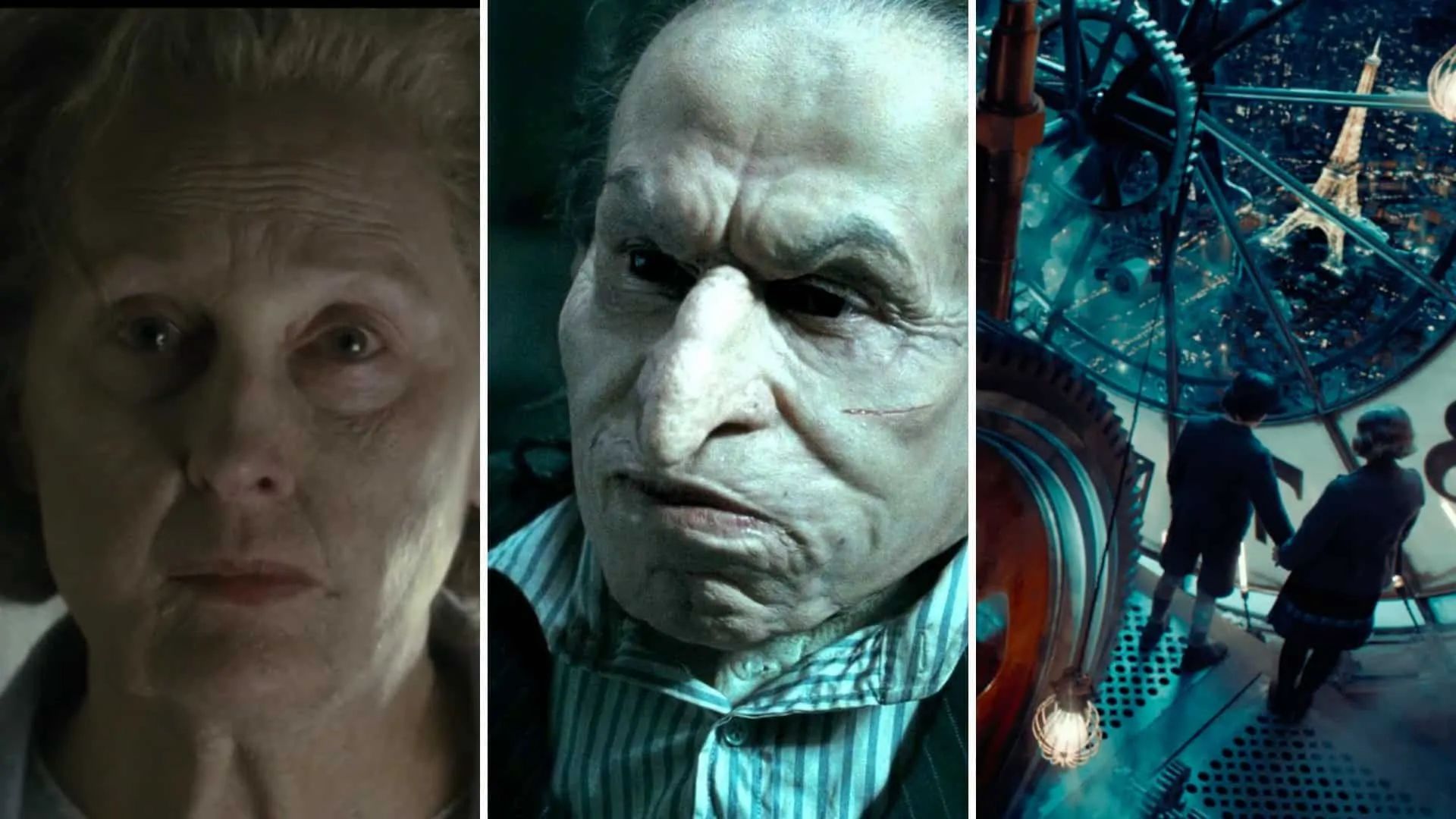
Maybe today it could all be different
Seven years later, the Academy is showing, even in small steps, to be more friendly toward blockbusters. Black Panther, from Marvel Studios, is the first superhero movie to be nominated for best movie, and even a movie from J.K. Rowling’s universe, Fantastic Beasts and Where to Find Them, got a statue for Best Costume in 2017.
That is the result of genre diversity, ethnic, and age that have been implemented in the last years in the Academy. Names like Daniel Radcliffe (Harry Potter), Emma Watson (Hermione Granger), Rupert Grint (Ron Weasley), David Hayman (producer of all movies from The Wizarding World) and J.K. Rowling are now part of the voters. It is not exactly what the fans wanted, but it is a consolation, knowing that their opinion matters to the most important film award.

To analyze the Oscar situation with Harry Potter after years, with more cinematographic repertory and less hate in the fan’s heart, is an interesting exercise. It helps us realize that not all the things that we like are seen in the same way for others and also makes us understand that the Oscar, even with all its fame, is not a parameter of quality.
Like any other election, the award makes mistakes and gets it right.
After reinventing the franchise model in the industry, making more than seven billion dollars in the box office and becoming one of the biggest brands of entertainment, there is no way to deny: even without an Oscar, Harry Potter is a milestone in the cultural industry.
*Evandro Lira is a filmmaker and editor at POTTERISH.
Collaborated: Marina Anderi and Pedro Martins (edition)
Translated into English by Paola Galiano
Edited by Aline Michel
